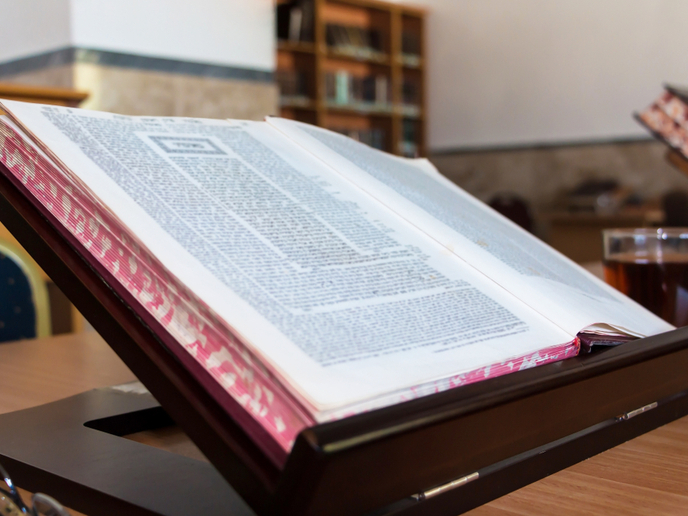Edition of the 'Extractiones de Talmud' enables a reframing of Christian-Jewish relations
An inquisitorial process against the Talmud, the basis for the development of Rabbinic Judaism, commenced in Paris in 1240 and led to its burning in 1241/1242. A second sentence condemned it again in 1248. “These events constitute the context of the very first translation into Latin of 1 922 passages from the Babylonian Talmud, known as the 'Extractiones de Talmud' (ca. 1245),” explains Alexander Fidora, coordinator of the LATTAL project and ICREA Research Professor at the Autonomous University of Barcelona.
Collaboration across disciplines and borders
The project brought together scholars from classical philology and Hebrew studies to critically edit this textual corpus – the largest collection of Latin translations of the Talmud. Classical philologists identified the extant manuscripts, ranging from the 13th to the 17th centuries in libraries all over Europe, and established the critical text of the Latin Talmud. In parallel, experts in Jewish studies identified the text’s sources, both in the Talmud itself and in Jewish commentary literature, which was also used for the Latin translation of the Talmud. LATTAL research also involved collaboration with colleagues from Ben-Gurion University in Israel. Fidora here speaks about the importance of teamwork in fundamental philological work: “While to some, edition projects may seem ‘traditional’, they pose an important challenge to current research and to the allocation of research funding." Such an approach and outlook evidently favoured project work, resulting in a series of historical and philological studies published in monographs and articles in open access. “We are proud to say that the critical edition of the 'Extractiones de Talmud' – which comprises some 800 pages – has appeared within the lifetime of the project,” Fidora reports.
A new path to understanding Christian-Jewish encounters
This first-ever edition of the collection compares its text closely to the Hebrew and Aramaic original of the Talmud. It also “redresses the history of Christian-Jewish encounters during the 13th century and beyond,” Fidora notes. The history of Christian-Jewish relations holds a central role in reconstructing the exploration and formulation of medieval and early modern Christian identity. With the Talmud, the Christians discovered a body of Jewish wisdom they deemed to be incompatible with standing perceptions of the Jews. Fidora elaborates: “The traditional Christian account of the Jews as witnesses to the Christian truth gave way to a much more aggressive stance, which set the tone for the following centuries.” LATTAL outcomes thus represent a considerable qualitative leap in the study of Christian-Jewish relations during the Middle Ages as well as for the study of the Hebrew/Aramaic Talmud. “I am convinced that with the edition of the 'Extractiones de Talmud' we have made a contribution to the living tradition of the Talmud in its ever-changing social contexts, which is no less respectful than it is respectable,” Fidora concludes. “Bringing to light the 'Extractiones', which were never meant to reach out to the general public, is a paramount example of the effectiveness of the historical humanities to overcome persecution and censorship whenever and wherever they occur.”
Keywords
LATTAL, Talmud, Extractiones de Talmud, Christian-Jewish relations, Babylonian Talmud, Judaism, Christianity, Latin Talmud







